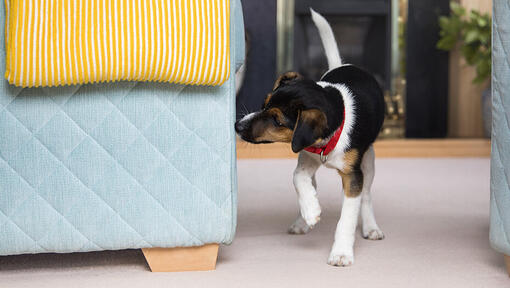Dogs Training Step By Step
Dogs are amazing animals that can bring a lot of joy and happiness to our lives. However, just like any other pet, they require some basic training to ensure they are well-behaved and obedient. Dog training is not just about teaching your dog to sit, stay, and rollover. It’s about establishing a good relationship with your dog, so they can understand what is expected of them and what kind of behavior is acceptable.
In this article, we will go through the step-by-step process of training your dog.
Step 1: Start With Basic Commands
The first step in training your dog is to teach them some basic commands. The most important ones are sit, stay, come, and heel. The following instructions can aid you in managing your canine in diverse scenarios.
To teach your dog to sit, hold a treat above its nose and move it toward its tail. As their head follows the treat, their rear end should naturally lower. Once they are in a sitting position, reward them with the treat.
To teach your dog to stay, start by commanding them to sit. Then, with your hand extended in front of them, say “stay” and take a few steps backward. If they stay in their sitting position, reward them with a treat.
To teach your dog to come, start by getting their attention by calling their name. Once you have their attention, say “come” and encourage them to move towards you with a treat. When they reach you, reward them with a treat.
To teach your dog to heel, start by commanding them to sit. Then, with the leash attached to their collar, walk forward while holding the leash at your waist. If they move in front of you, say “heel” and gently guide them back to your side with the leash. Reward them when they stay by your side.
Step 2: Crate Training
The following instructions can aid you in managing your canine in diverse scenarios.It provides your dog with a safe and comfortable space to retreat to when they feel anxious or tired. To start crate training, choose a crate that is big enough for your dog to stand up and turn around in. Place some comfortable bedding inside and leave the door open.
Encourage your dog to enter the crate by placing treats and toys inside. Once they are comfortable going in and out, start closing the door for short periods while you are in the room. Gradually increase the amount of time they spend in the crate, always rewarding them with treats when they enter and exit the crate.
Step 3: Potty Training
Potty training is one of the most important aspects of dog training. It can be a frustrating process, but with consistency and patience, your dog will learn where they should go to the bathroom.
To start potty training, take your dog outside frequently, especially after meals and naps. Choose a designated spot where you want them to go, and use a consistent command, such as “go potty.” When they go in the designated spot, reward them with treats and praise.
If your dog has an accident inside, clean it up immediately and do not punish them. Instead, take them outside and use the designated command to encourage them to go in the right spot.
Step 4: Socialization
Socialization is an important part of dog training. The process encompasses introducing your dog to various individuals, animals, and settings to teach them to exhibit suitable behavior in any given circumstance.
Start socializing your dog as early as possible. Take them to different places, such as parks and pet stores, and introduce them to different people and animals. Reward them for good behavior and avoid punishing them for being shy or scared.
Step 5: Advanced Training
Once your dog has mastered the basic commands, you can move on to more advanced training. This includes tricks, agility training, and obedience training.
Trick training involves teaching your dog fun and entertaining tricks, such as playing dead, jumping through hoops, and fetching specific items. This type of training is not only enjoyable for your dog but also provides them with mental stimulation.
Agility training involves teaching your dog to navigate through obstacles, such as tunnels and jumps. This type of training can be a great way to exercise your dog and improve their physical health.
Obedience training involves teaching your dog to obey specific commands, even in distracting environments. This type of training is important for ensuring your dog’s safety and improving their overall behavior.
When training your dog, it’s important to be patient and consistent. Keep training sessions short and fun, and always reward good behavior. Avoid punishing your dog for mistakes, as this can cause fear and anxiety. Instead, redirect their behavior and continue to work on the training.
In conclusion, training your dog is an important part of pet ownership. By starting with basic commands, crate training, potty training, socialization, and advanced training, you can ensure that your dog is well-behaved, obedient, and happy. With patience, consistency, and positive reinforcement, you can build a strong bond with your furry companion and enjoy a long and rewarding relationship together.






